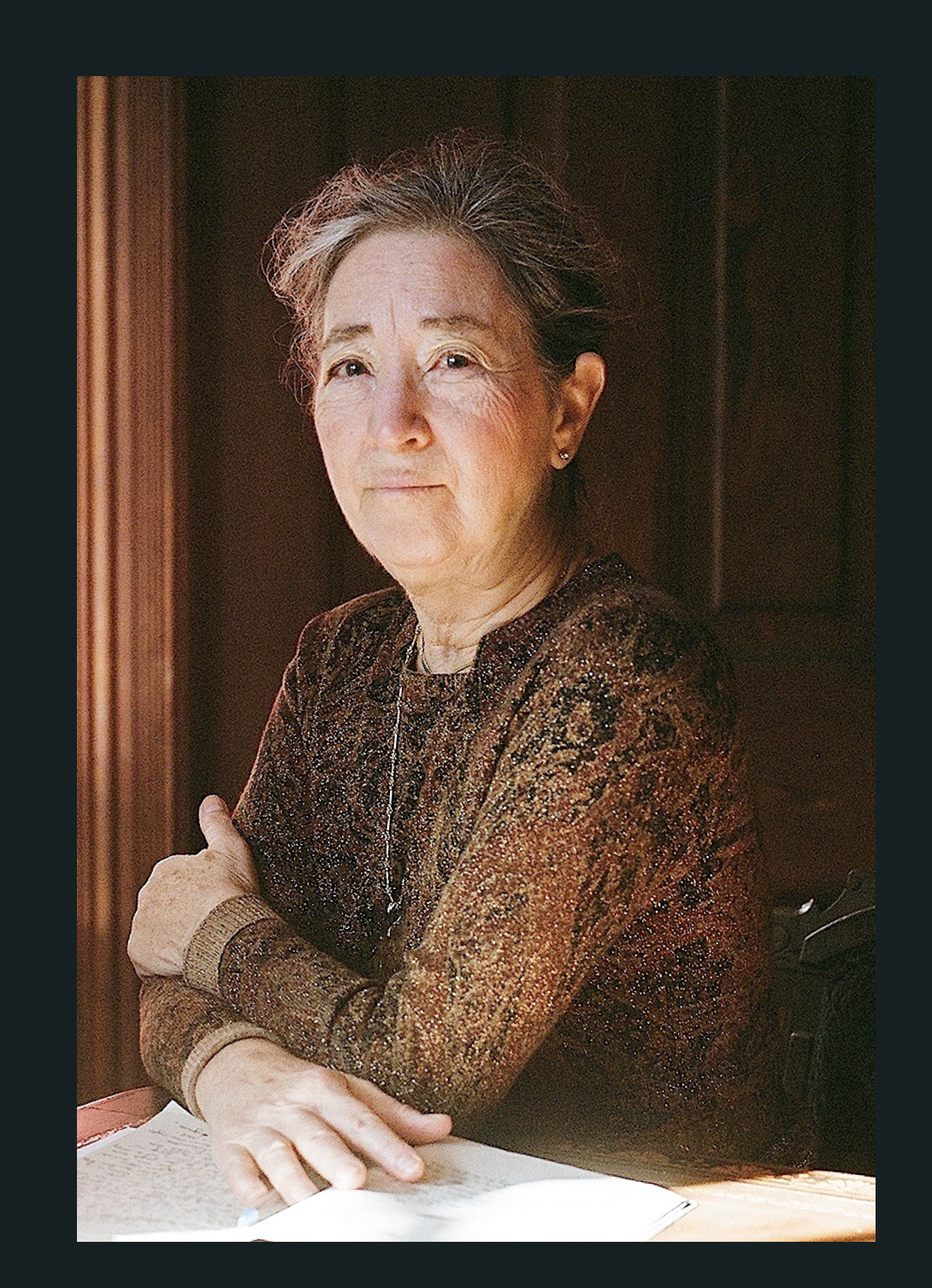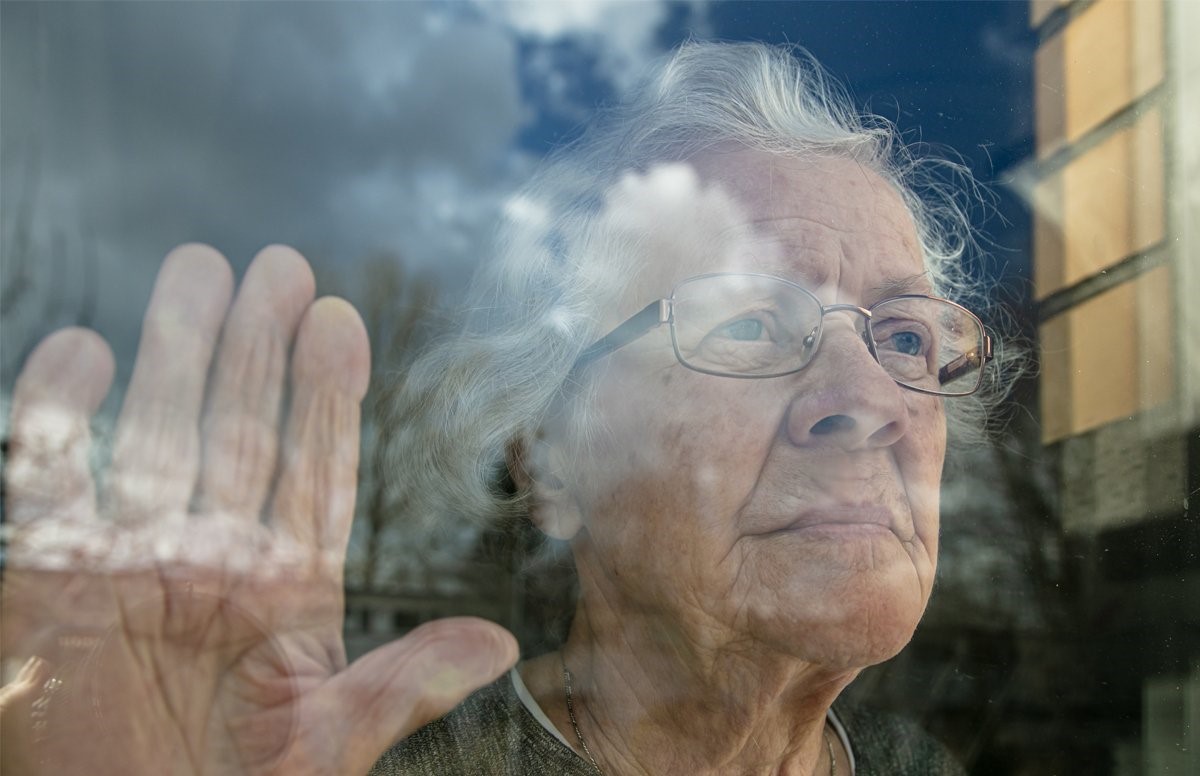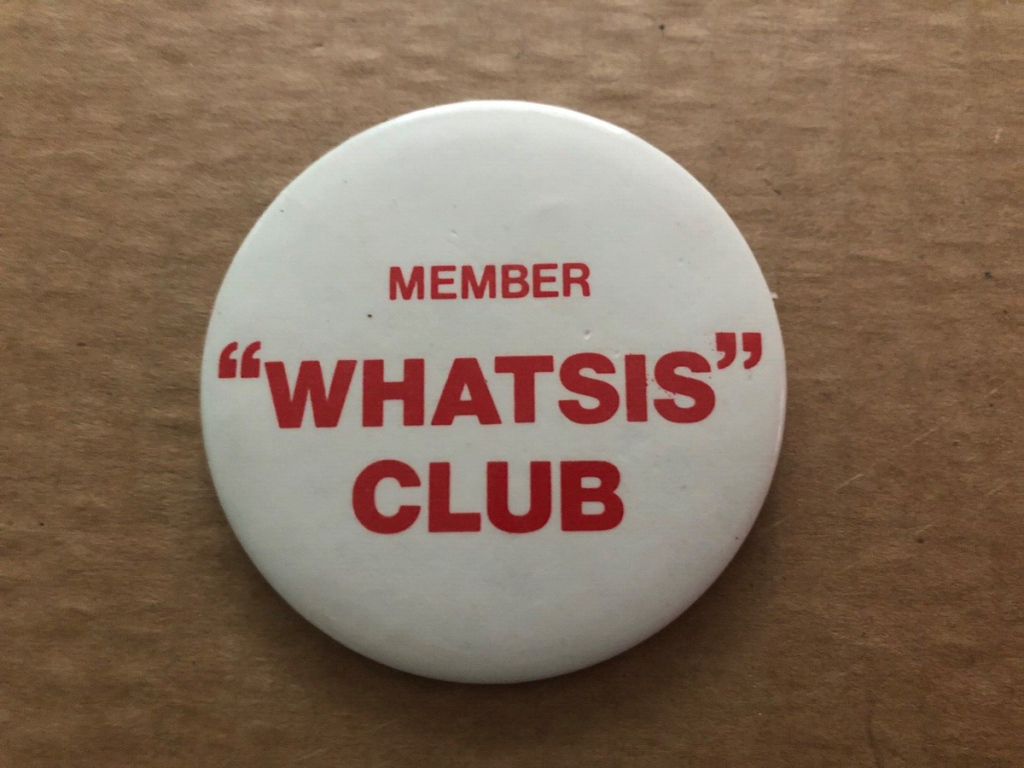The passionate essay below first appeared in the Los Angeles Review of Books on August 7, 2020. The editors of the LARB have nominated this commentary for Best American Essays, an anthology for which, each year, editors select about 25 of the best magazine articles published in the United States.
Contrary to popular opinion, no one living in a nursing home needs to die of COVID-19. Seven months into the pandemic, a nursing home in Baltimore, MD, whose residents could be considered high risk—older African Americans, some chronically ill or disabled—has had zero deaths from COVID-19 and zero infections. Best practices are well known; they needed only to be put in place by people who cared.
The opposite of what was done in the Maryland Baptist Aged Home is the horrifyingly careless treatment of the veterans at the Holyoke, MA, Soldiers’ Home. There, the administration merged two locked units shared by people with severe cognitive impairments, leaving them without the possibility of maintaining physical distancing. The system didn’t provide enough nurses, testing, PPE, or, ultimately, morphine.
In a 174-page report on the deaths in [Massachusetts] nursing homes, these behaviors are called “baffling.” Really? Not really. We’re making progress in human understanding when no lengthy, expert report says that Chauvin’s knee on George Floyd’s neck is “baffling.” We don’t hesitate to name it because we have a word for it: racism. Lethal racism means some of those in power don’t care if the Other lives or dies. The Other is seen as less than human.
It needs to be said plainly, and apparently, over and over: being older is not by itself a death sentence from the virus. Some who survive are over age 65, even over 100: the “super-survivors,” like Sylvia Goldsholl, who also survived the 1918 flu. Goldsholl was a resident of a NJ nursing home.
Choosing congregate living is not a sign of being near the end of life. Recovering from an operation in a nursing home is not a sign of being in decline. Being disabled or frail does not mean we are close to dying. Despite the poor reputation of some low-income places (often deserved), residents are not living in despair and necessarily waiting for death. Needing help with activities of daily life does not mean that those who get help with bathing don’t make fascinating conversation at the dinner table. People who live in nursing homes—even those with comorbidities, even those with cognitive impairments—can enjoy life and want it to go on.
Even contracting the novel coronavirus is not a death sentence for this particular group of older adults. In a Yale Public Health study of Connecticut nursing homes where most residents were asymptomatic, although 28 percent tested positive (602 people), only 11.7 percent went on to get symptoms.
People over 65 are not a group doomed to die by our physiology.
Why then was an enormous percentage of all deaths in the US visited on people living in nursing homes? The keyword we need to take to heart is ageism. Ageism (often intersecting with racism and classism, ableism, neuro-ageism or “dementism,” indigeneity, and sexism) can be murderous too. We need this useful concept to explain, as the president of the British Society of Gerontologists, Thomas Scharf, put it, “why old people’s lives appear not to matter” in the era of COVID-19.
Ageism has many varieties. Let’s consider only the deadly ones.
The word “ageism” should spring to our lips when we learn that Trump’s government let months go by early in 2020 without preparing to protect any of the American people, not only out of arrogance or inattention, but very likely because the first victims, in Seattle (which fixed the media’s attention from January 21 until mid-March), were people living in a nursing home. It came to be believed, rapidly and early in our endless ordeal, that COVID-19 was unimportant because “only old people die.” This stereotype continues to have fatal consequences for people of all ages.
The word “ageism” should spring to our lips as public officials relish “opening up the economy” as long as they think “only old people die” when precautions are relaxed. They’re wrong. Babies are scarily vulnerable. Younger people who attend rallies or go to the beach maskless get infected. Many midlife people with premature comorbidities, or too much exposure as essential workers, go unprotected, and they can die. An alarming number of these are people of color.
The word “ageism” should spring to our lips when triage guidelines used by many states suggest denying ventilators to people over 40 when they are gasping for air in the hospital ICUs. The guidelines were designed by experts who couldn’t figure out any better way to overcome inadequate preparations except to let one category of human beings—“older” people— die.
We don’t know who will get the vaccine first. But the word “ageism” should spring to our lips when we read in a New York Times article by Paula Span that older adults as a group may be left out of some of the COVID-19 vaccine trials. Although scientists know that bodies react differently to drugs at different ages, and older people as a group are never uniform biologically, researchers often sheerly overlook older adults in drug trials.
Ageism is a helpful keyword in the murderous care crisis we continue to endure. Despite civil rights movements that have taught many well-insulated hearts the evils of white supremacy, sexism and homophobia, ageism and ableism have worsened in the few months of the COVID-19 era. Age bias is more visible in attitudes and speech, in behavior and public policy. One group of pundits (as feminist gerontologist Susan Pickard says) had “viciously sharpened” the rhetoric about the cost to the health system of keeping old people alive. They didn’t care.
Some of the behaviors I noted are immoral; others are criminal and should be charged. Some texts should count as hate speech. Some practices have led to horrors and mortal danger instead of the promise of equal justice under the law.
If you see why this is so, in this painful teaching moment of COVID-19, you are taking a necessary step in empathetic understanding. Ask yourself henceforth, of any intention concerning people in later life, “Have we heard from them? What do they want? Do they think this passes the test of equal treatment? Is this the way I would prefer to be treated? How can I help?”
How to Be an Anti-Ageist
Professor Kathleen Woodward, a founder of the field of age studies, points out that individualism and “the collapse of care on the part of the [neoliberal] state” render it “altogether reasonable to fear old ageing.” Yes, but each of us has private mantras that guide our thinking, that move our reactions to others, that may help us survive. Consider adding this: Fear Ageism, Not Aging.
“Anti-ageism” means, at the very least, [that] for more of us to live to enjoy the longevity dividend, our nation needs age justice. Let’s add #OldLivesMatter to our multi-generational, multi-racial movement. Nothing changes for the better until we truly believe that old people want to live, that our deaths from COVID-19 can be premature and unnecessary, and that our lives can be atrociously ignored. Ageism doesn’t work exactly the way racism does, but its hidden ways are also lethal.
We urgently need two bills now in the House of Representatives: one to reform policing, and one to reform the negligent, home-care industries and the government agencies tasked with keeping our elders safe and respected. But even more deeply, we need heart changes, based on real information, knowledge and caring. Can Americans learn to attack ageism on all fronts, out of their hearts, as the allies in #Black Lives Matter are attacking racism?

Margaret Morganroth Gullette is the author, most recently, of American Eldercide: How it Happened, How to Prevent It (2024), which has been nominated for a Pulitzer Prize and a National Book Award. Her earlier book, Ending Ageism, or How Not to Shoot Old People (2017), won both the MLA Prize for Independent Scholars and the APA’s Florence Denmark Award for Contributions to Women and Aging. Gullette’s previous books—Agewise (2011) and Declining to Decline (1997)—also won awards. Her essays are often cited as “notable” in Best American Essays. She is a Resident Scholar at the Women’s Studies Research Center, Brandeis University.



